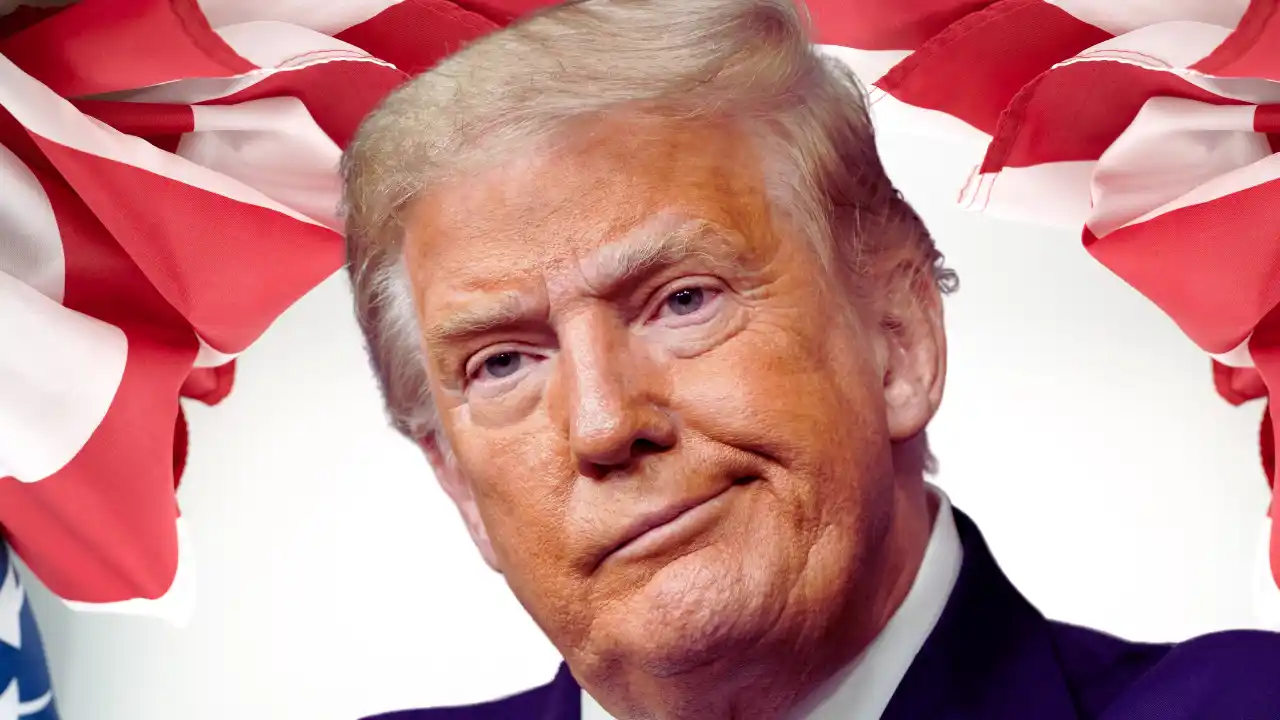
Can Donald Trump serve two consecutive terms if he becomes US president in 2024?
The Historical Context of Presidential Term Limits
The history of the United States is intertwined with the evolution of its presidential term limits. Dating back to the era of George Washington, the nation’s founding father, the concept of a two-term presidency was embraced to prevent the concentration of power and ensure a dynamic political landscape. This tradition found its formalization in the 22nd Amendment to the Constitution, ratified in 1951.
Understanding the 22nd Amendment and its Impact on Donald Trump
The crux of the matter lies in the 22nd Amendment’s explicit limitation on presidential terms. It unequivocally states that no individual can be elected to the presidency more than twice, and those who have held the office for more than two years of another president’s term cannot be elected more than once.
For Donald Trump, this means that if he were to run for the presidency in 2024 and win, he could potentially serve a second non-consecutive term. The amendment doesn’t outright prohibit a former president from seeking office after a hiatus, thereby allowing for the possibility of a fresh term.
Unpacking the Rationale Behind Term Limits
The primary motive behind the two-term limit is deeply rooted in the framers’ vision of preventing an unchecked executive power. Their fear of a presidency resembling a monarchy or a perpetually re-elected leader led to the establishment of a system that promotes the regular emergence of fresh perspectives and leadership styles.
Beyond preventing the abuse of power, the two-term limit fosters a dynamic political landscape. It facilitates the introduction of new ideas, leadership styles, and priorities, aligning with the ever-evolving needs of the nation.
The 22nd Amendment as a Pillar of American Democracy
The 22nd Amendment is not merely a legal provision; it stands as a testament to the United States’ commitment to a government of the people, by the people, and for the people. By curbing the presidency to two terms, with the potential for non-consecutive terms, the amendment strikes a delicate balance between continuity and change, safeguarding the democratic principles upon which the nation was founded.
Exploring the Possibility of Amending the Two-Term Rule
While the 22nd Amendment firmly establishes the two-term limit, it’s essential to consider the potential for change. Any modification to this rule would necessitate a constitutional amendment, a deliberate and challenging process designed to ensure broad public support and prevent impulsive decisions.
Proposal Methods for Constitutional Amendments
Congressional Proposal
The most common method involves a two-thirds majority vote in both the House of Representatives and the Senate. This approach reflects the framers’ intention for careful consideration and broad consensus.
Convention Proposal
If two-thirds of state legislatures request it, Congress must call a constitutional convention. Amendments proposed at the convention still require ratification by three-fourths of the states, emphasizing the gravity of any proposed change.
Ratification Process
After proposal, an amendment must gain approval from three-fourths of state legislatures or through conventions in three-fourths of the states. This rigorous process ensures that any alteration to the Constitution aligns with the nation’s foundational principles.
Potential Challenges in Altering the Two-Term Rule
Given the historical significance and the principles embedded in the two-term limit, any attempt to change this rule would likely face substantial debate and public scrutiny. Supporters of such a change would need to navigate the complexities of the constitutional amendment process, building a broad consensus to justify such a significant shift.
Trump’s Previous Hint at a Third Term
As Donald Trump ran for re-election in 2020, he hinted at the possibility of pushing for a third term. This adds an intriguing layer to the discussion surrounding presidential term limits, leaving us to wonder if he will revisit this idea in the 2024 elections.
In conclusion, the two-term limit established by the 22nd Amendment is a foundational aspect of the United States’ democratic governance. While the potential for change exists, the deliberate and challenging amendment process reflects the nation’s commitment to maintaining a balance between continuity and change. As the political landscape evolves, the application of term limits remains a crucial element in shaping the future of American leadership.






I do believe all the ideas youve presented for your post They are really convincing and will certainly work Nonetheless the posts are too short for novices May just you please lengthen them a little from subsequent time Thanks for the post